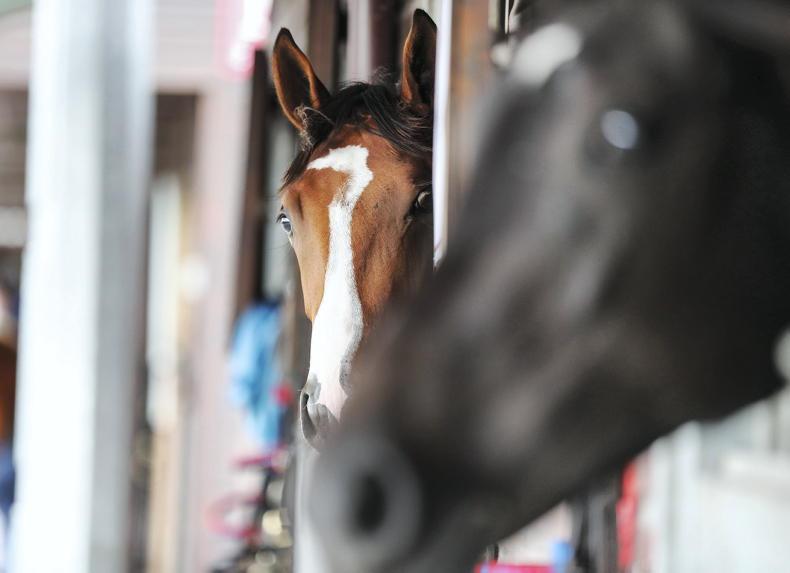WHEN thinking about castration, especially of the foal or fully mature equid, we all should give pause for thought. Will it achieve what I, the human, wish for him the horse, e.g. a reduction in ‘unwanted’ behaviours? Will the procedure be safe – for him as well as me? Do I need to travel to a specialist clinic or can the procedure be performed (literally) ‘in-the-field’? Is a general anaesthetic (GA) necessary or could it be performed with the horse still standing? When it comes to donkeys, there are additional complications again - they are not small horses with big ears!
Surgical procedure
I know and respect that vets, just like doctors, differ in their opinion and their practice. They can achieve the same excellent outcome by different means. But all should double-check that both testicles are palpable – it is vital not to create a rig by removing only one!
A really important issue is analgesia. Forced recumbency (casting) and surgery without proper pain relief are real welfare issues – our equids deserve better, during and in the immediate post-op period. Sedatives, anti-inflammatory agents and local anaesthetic may all add to the cost, but are vital ingredients for a good outcome.
I’ve castrated many well-handled, rangy horse-colts using a ‘standing-sedated, open’ procedure, sometimes in a conveyor-belt fashion, when it’s key to have a good person on the head, each one. The incisions are left open; yes there is some bleeding (top quality clamps are essential); and post-op swelling. Many vets, I suspect, pray a silent prayer as they swab, then release tissue stumps they hope never to see again.
I caution against this approach in foals, mature stallions or donkeys. Why?
For these, I advise general anaesthesia and a ‘closed surgical technique with ligatures’, performed either in an operating theatre or a clean, grassy field with no flies. ‘Closed’ in this instance isn’t equivalent to ‘squeezing a calf’ – a bloodless castration. It means suture material is used to close off any connection to the abdomen, thus preventing anything herniating after surgery. Some vets may sometimes suture the skin incisions at the end of surgery.
N.B. donkeys lay down more fat than horses on an equivalent diet; I have learnt to my cost to spend a few minutes carefully trimming away fat from within the scrotum. If not removed or the scrotum sutured, this pokes out from the wound when the donkey stands. No fun to fix!
Your role before, during and afterwards?
Anything that reduces your horses’ stress reduces it for us, owners and vets, too. Keep to their usual routine including compatible companions, if at all possible.
Observe for bleeding: in general, drips and drops that you can count are normal; a flow means you need a vet to investigate.
Something protruding from the scrotal area?
If it’s fatty tissue, it’s not an emergency, but the tissue can interfere with wound healing; if it’s intestine, then yes, urgent veterinary attention is required. Both are best prevented at the time of surgery.
Administer follow-up pain relief as prescribed by your vet – it is good welfare practice and encourages exercise.
What about swelling?
Exercise is the best antidote; cold water hosing of the scrotal area may also help.
Castration of yearlings and young stock is treated pretty routinely; the foal, donkey or mature stallion should be cause for pause – fools rush in and all that! Work with your vet, respect their experience and expertise, but ask them about the options and choose what’s best for your horse, pony or donkey.
